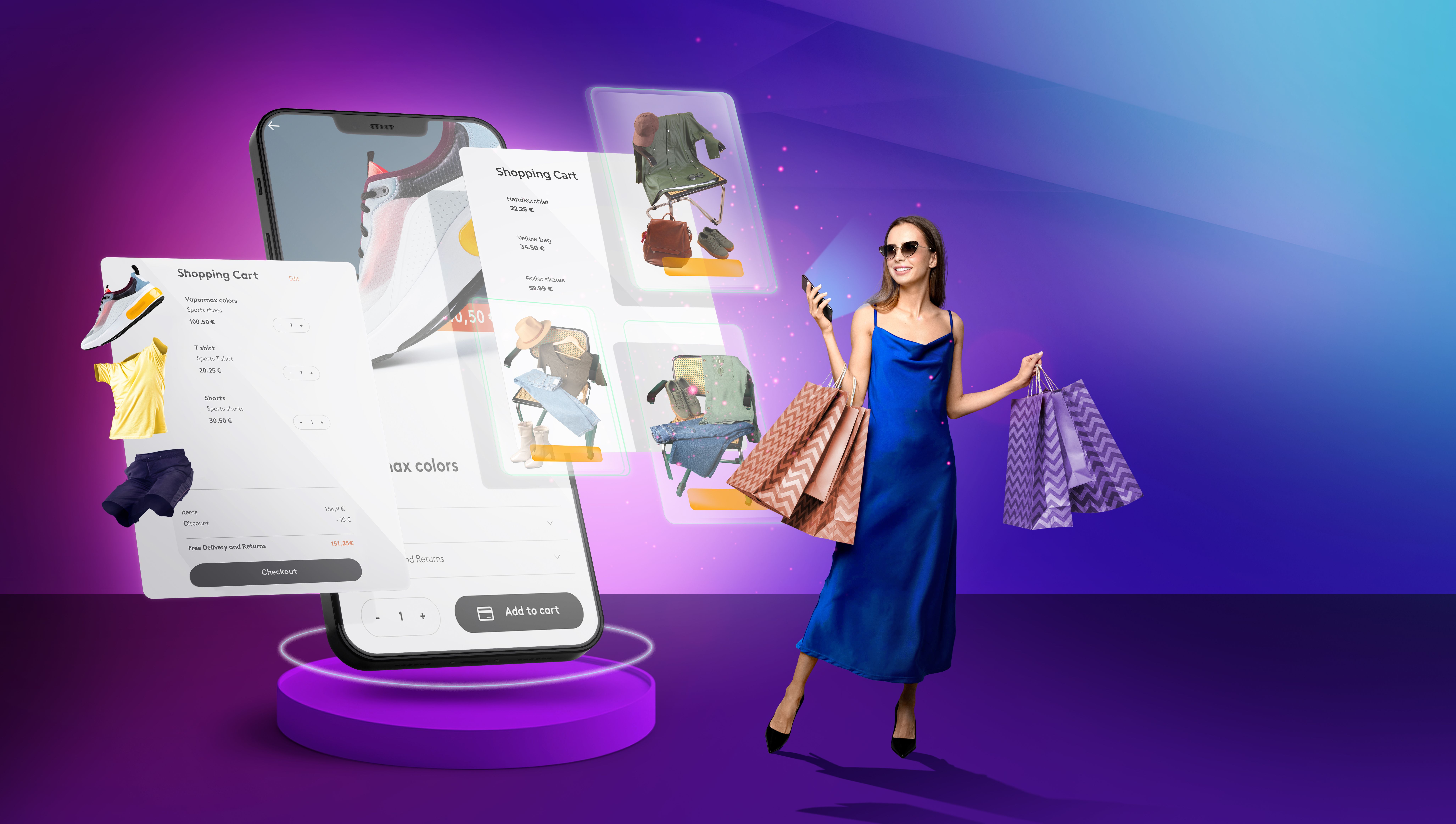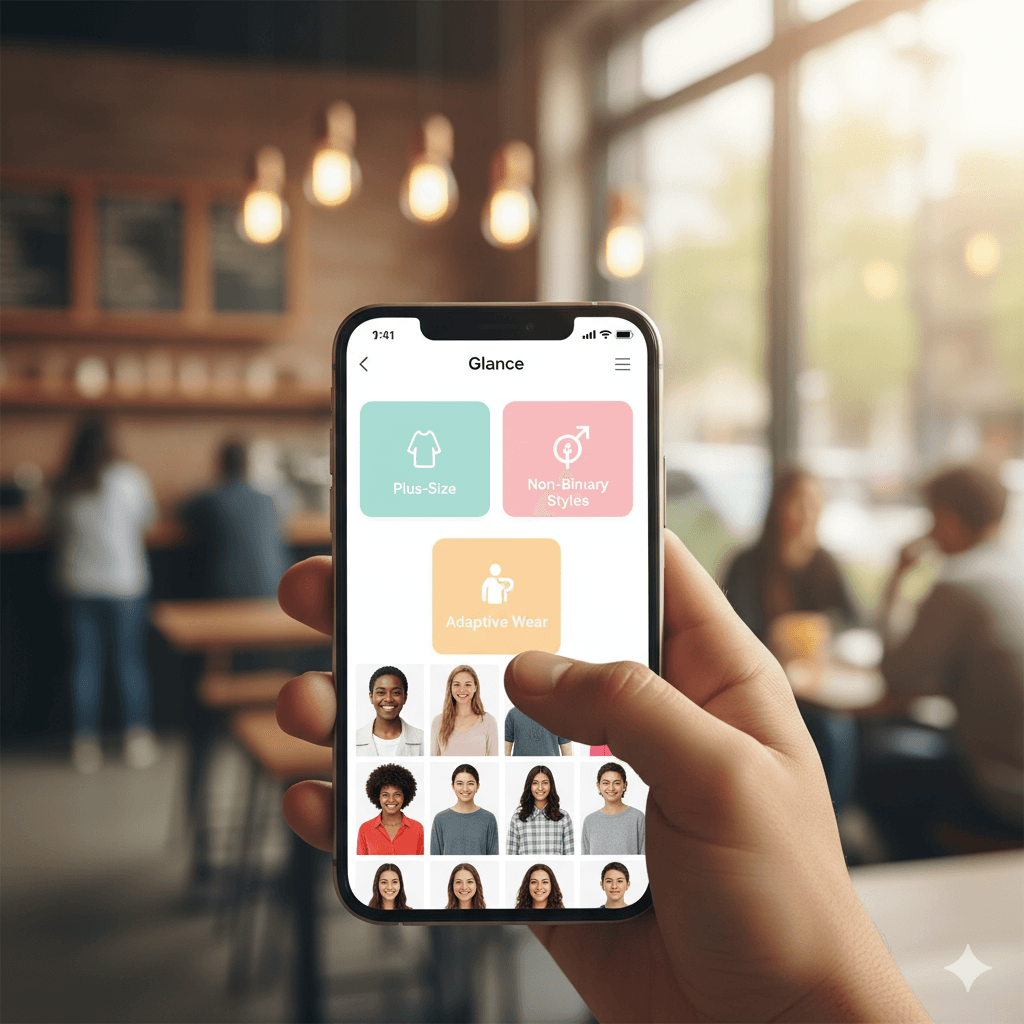Save More, Style Better: Best Low Price Shopping Apps India
AI Shopping App Case Study: Winning with Smart Tech
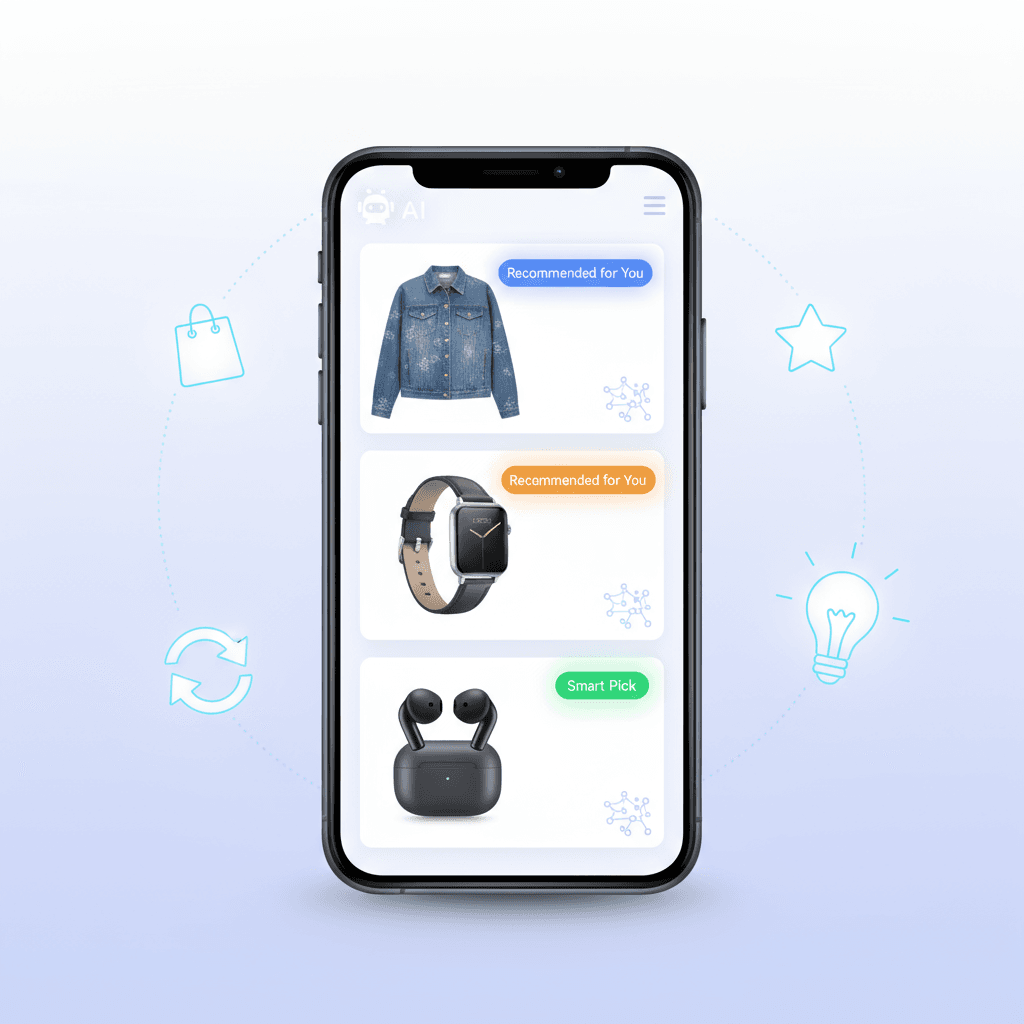

TL;DR:
This ai shopping app case study reveals how brands are boosting sales through AI-driven personalization, predictive analytics, and real-time recommendations. From Glance to Flipkart, AI shopping apps are increasing conversions, average order values, and customer retention across digital fashion markets.
How AI Shopping Apps Boosted Sales for Brands
In recent years, multiple brands have embraced AI-driven Shopping Apps to transform how they engage consumers. This ai shopping app case study explores how intelligent personalization, predictive algorithms, and contextual discovery can materially boost sales, average order value (AOV), and repeat frequency. We'll walk through real stats, success drivers, challenges, and a mapped framework for brands to replicate.
Why Brands Are Investing in AI Shopping Apps
- AI adoption in Indian retail is surging.
According to a 2024 survey by EY India, 48% of Indian shoppers trust AI-driven recommendations and deals, nearly double the global average of 23%. This highlights how India’s audience is more receptive to AI-led personalization in commerce. - Massive market growth is underway.
As per Credence Research Inc., India’s AI in retail market is projected to rise from USD 216.26 million in 2023 to USD 2,964.81 million by 2032, growing at a CAGR of 33.75%. This surge underscores how brands are aggressively investing in AI shopping innovations. - AI boosts marketing efficiency.
Research published by MDPI shows that integrating AI-powered personalization, predictive analytics, and conversational systems leads to significantly higher conversion rates, customer lifetime value, and reduced acquisition costs. - Festive seasons amplify AI impact.
The InMobi + Glance Festive Trends Report 2025 reported a 79% spike in AI-powered shopping recommendations, suggesting that interactive, behavior-aware AI experiences directly influence purchase intent and engagement.
Key Features That Power Uplift in AI Shopping Apps
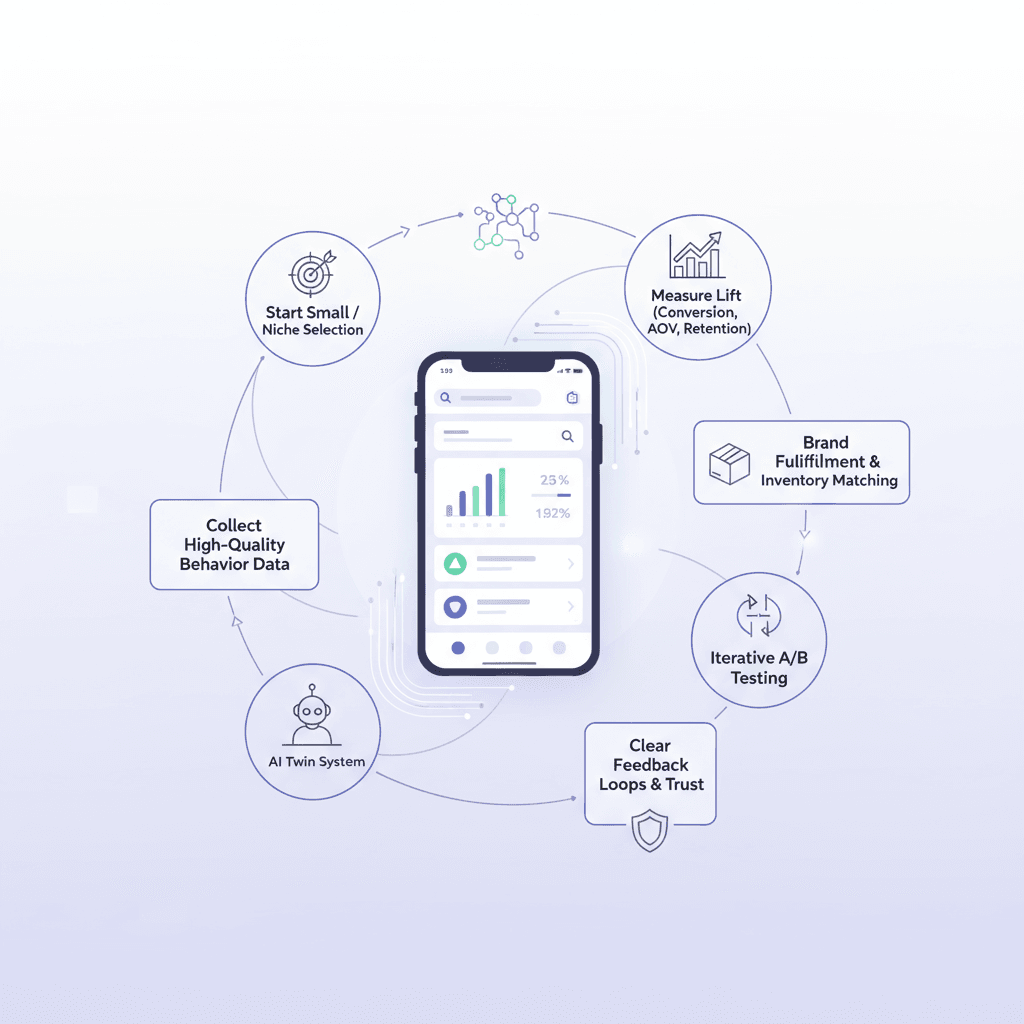
From analyzing successful deployments across industries, the following features consistently underpin positive results in an ai shopping app case studies.
1. Personalized Recommendation Engines
By analyzing user browsing history, purchase patterns, and intent signals, the app surfaces products users are most likely to buy. One internal metric: 49% of Indian shoppers say they are more likely to purchase when recommendations are tailored.
2. Behavioral Signal Interpretation
AI reads micro-signals such as dwell time, swipe speed, sequence flow to determine “interest vs. browsing.” Good ai shopping app case study setups distinguish high-intent users and surface high-probability products early.
3. Visual & Contextual Styling
Generative visuals, stylized lookbooks, and augmented previews make recommendations more aspirational. Glance’s app, for example, allows users to upload selfies and see AI-curated outfits linked to live inventory.
4. Real-Time Auction & Matching
In many advanced Shopping Apps, brands bid to appear in curated looks. This real-time matching ensures the recommendation inventory is fresh, commission-friendly, and conversion-oriented.
5. Predictive Replenishment & Up-Sell Flows
The app surfaces complementary or repeat-purchase items proactively—reducing decision fatigue and gently increasing cart size.
When combining these features, brands executing ai shopping app case study strategies often report double-digit gains in engagement and growth.
Sephora Case Study: Transforming Beauty Commerce
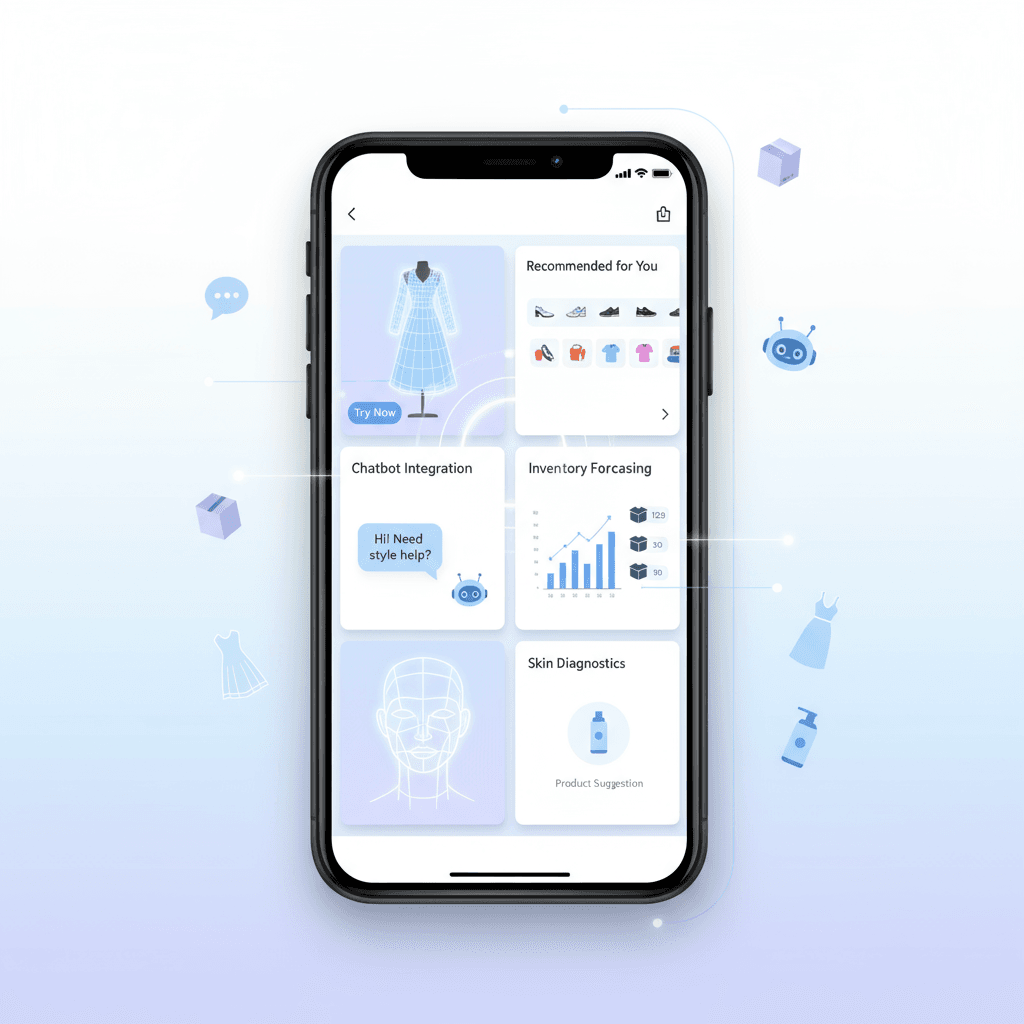
This ai shopping app case study shows how Sephora used AI and AR to enhance online shopping, improve conversions, cut returns, and deliver personalized experiences, setting a benchmark for modern digital retail.
Feature / Use Case | Result / Impact |
Virtual Try-Ons | 3x higher purchase likelihood; 30% reduction in returns; average session time 3 → 12 mins |
Personalized Recommendations | 25% increase in average order value; 17% rise in repeat customers; higher cross-category sales |
Chatbot-Based Assistants | 75% inquiries resolved automatically; <10 sec response time; 18% lower cart abandonment; 20% cost reduction |
Inventory Forecasting | 30% fewer stockouts; 20% lower inventory costs; 15% fewer markdowns |
Skin Diagnostics | 35% higher conversion; 25% lower skincare returns; 83% users more confident in selections |
The data, results, and insights presented in this ai shopping app case study are based on the verified findings from Digital Defynd – Sephora Using AI (2025).
Implementation Steps:
- Virtual Try-Ons: Launch AR + AI tool (Virtual Artist) for real-time makeup application on selfies.
- Personalized Recommendations: Deploy deep learning and NLP across app, web, and in-store touchpoints for contextual product suggestions.
- Chatbot Integration: Implement AI chatbots to resolve common queries instantly and provide interactive guidance.
- Inventory Forecasting: Use predictive analytics integrating sales data, trends, and regional behavior for optimal stock levels.
- Skin Diagnostics: Leverage computer vision and dermatological datasets to recommend personalized skincare products.
Quantified Impact Observed (From Real World)
While not always named publicly as “ai shopping app case study,” some public deployments show real lift:
- Flipkart’s AI personalization during Big Billion Days 2024 reportedly improved seller performance and customer satisfaction.
- Glance’s fashion app reportedly saw 40% of users tapping through to shop after seeing AI-curated looks.
- In new deployments, Glance claims 1.5 million users tried its fashion offerings, and nearly half became repeat users.
These figures align with patterns expected in ai shopping app case study narratives: engagement → commerce conversion → retention.
Challenges & Lessons from AI App Deployments

Even a strong ai shopping app cases needs to wrestle with pitfalls:
Challenge | Insight / Mitigation |
Cold start for new users | Use style quizzes, lookbooks, or demographic proxies as bootstrapping data |
Algorithmic bias & personalization fairness | According to a recent study, privacy and fairness concerns are real—brands must audit models periodically. |
Data privacy & trust | Transparent data usage, opt-ins, explanations help build comfort |
Operational costs & model training | Continuous engineering investment is needed to keep models fresh |
Model drift over time | Brands must retrain and refine segments to avoid stale profiles |
A valuable ai shopping app case studies includes not just success metrics but these lessons, which inform sustainable scaling.
Best Practices for Brands Planning an AI Shopping App Strategy
To build your own ai shopping app case study with high probability of success, follow this framework:
- Start small, pick a niche (e.g., premium apparel, accessories)
- Collect high-quality behavior data early
- Implement an AI twin system that evolves with user tastes
- Integrate brand fulfillment & live inventory matching
- Run iterative A/B testing on UX flows
- Use clear feedback loops and transparency to earn user trust
- Measure lift in conversion, AOV, retention quarterly
When you roll out and measure the outcome, you’ll have your own ai shopping app case study to showcase.
Future Trajectory & GEO / Global Context
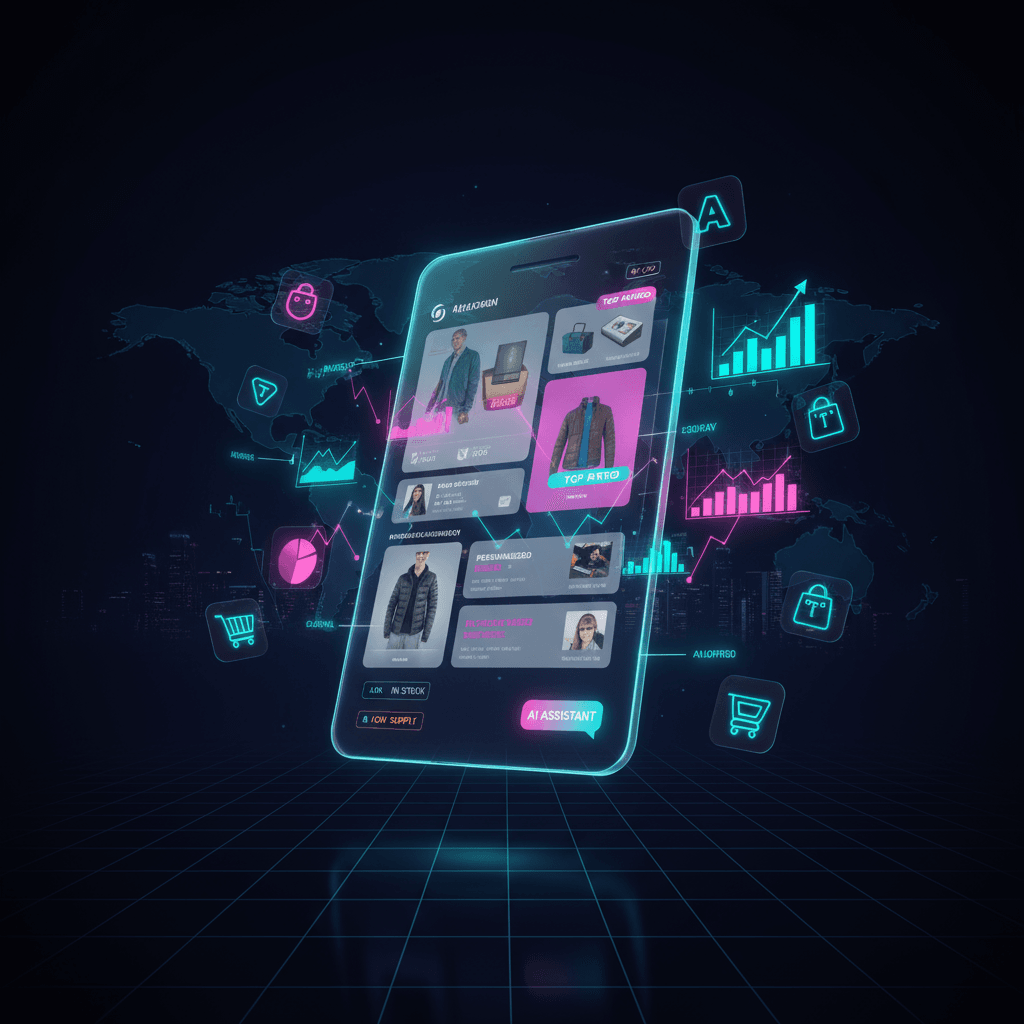
By 2030, AI-powered Shopping Apps will increasingly drive fashion ecosystems:
- India’s overall e-commerce sector is projected to reach ~$345 billion by FY30, powered largely by AI adoption.
- Contextual systems (location, time-of-day trends) will offer geo-native fashion experiences.
- Reverse logistics, predictive resale, and virtual try-ons will converge with AI discovery.
- The most compelling ai shopping app case study ten years hence may focus on circular commerce and sustainability loops.
Brands operating regionally (e.g., India, Southeast Asia) can create strong differential via AI tuning to cultural and seasonal sensibilities.
FAQs
Q1. What is an ai shopping app case study?
A documented success story showing how an AI-powered shopping app drove measurable sales uplift.
Q2. Which brands have published ai shopping app case study results?
Flipkart and Glance have shared partial performance results in their AI personalization experiments.
Q3. Is AI really trusted by Indian shoppers?
Yes. A survey by EY shows 48% of Indians trust AI for personalized deals.
Q4. What metrics should a case study highlight?
Conversion uplift, average order value, retention rate, repeat purchase frequency over baseline.
Q5. How long before a case study shows results?
You should see meaningful lift within 3–6 months of launch with continuous optimization.
Q6. Does AI increase cost too much for brands?
Initial engineering investment is needed, but ROI from uplift typically justifies cost in 1–2 years.
Q7. How to make your case study credible?
Use real user metrics, publish before/after charts, include challenges, and validate with external benchmarks.


